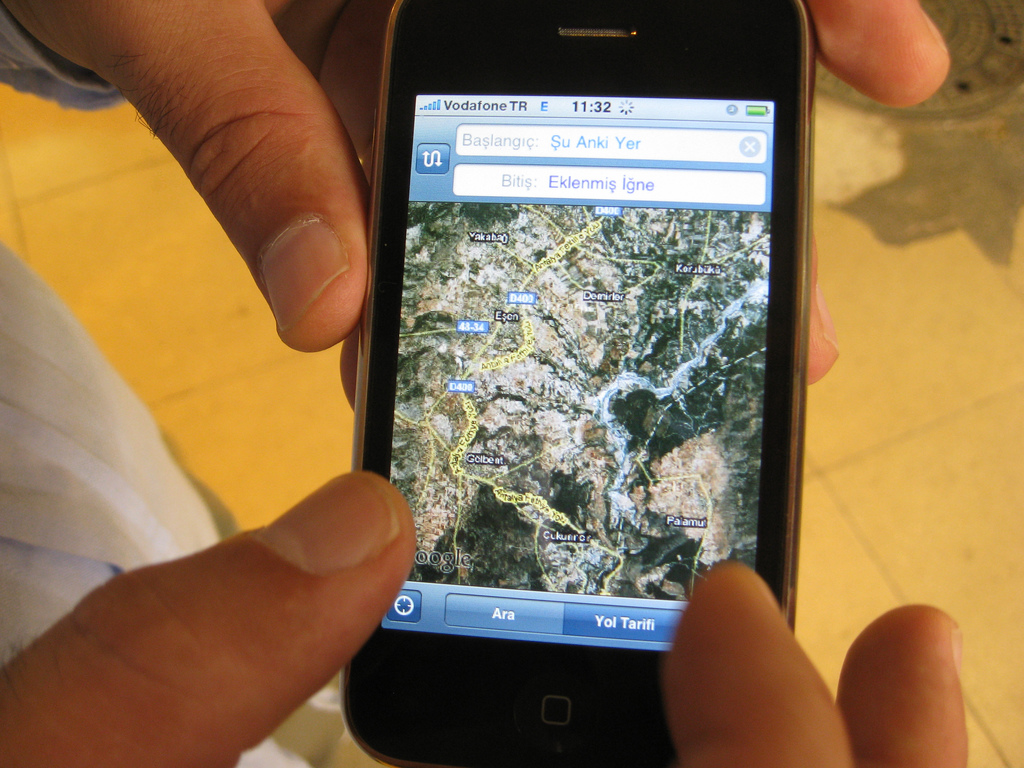Technology is changing the way mission organizations, denominations and churches operate.
That statement would have have been breaking news a decade or two ago but it’s taken for granted today.
But every now and then a fresh reminder comes along illustrating how much upheaval in generational shifts, combined with digital finance and communications, are impacting global ministries.
One of those gut-check moments came in a recent Christianity Today article reporting that Global Mapping International, or GMI, has announced it will shut down June 30 after more than three decades of operation.
The organization provides customized maps, demographics and infographics tailored to the needs of overseas missionaries.
 GMI President and CEO Jon Hirst told the magazine that shifting generational trends in fundraising, competition from other vendors and the advent of online mapping contributed to the organization’s decision to close.
GMI President and CEO Jon Hirst told the magazine that shifting generational trends in fundraising, competition from other vendors and the advent of online mapping contributed to the organization’s decision to close.
It’s become more difficult to raise money in part because Millennials do not want to give to institutions, he said in the April 28 article.
And then there is technology, most notably the Internet.
“When GMI was founded 33 years ago, there was no other way to get most of this information but to come in person or make a long-distance call from the Philippines,” he told CT. “Today, we have Google Maps.”
‘Making it more about causes’
The fate of GMI reflects the ever-shifting trajectory of the mission field, said Craig Martin, a television producer and former video producer and managing director of communications with the Southern Baptist Convention’s International Mission Board.
“For a lot of organizations that were built around research and information — which is an enormous part of missions — technology is quickly outpacing the feasibility of having those folks in business.”
Martin knows intimately how smart phones and smart Millennials are changing missions. He was born in Thailand to IMB missionaries and his travels have taken him to about 90 nations.
Over the years, Martin witnessed how rapid advances in mapping and demographic technologies outpaced slower-moving denominations.
The impacts are being felt domestically, as well.
Services such as providing church planters with the religious makeup of specific communities were once the monopoly of denominations and other large groups. Now they are also available from third-party providers.
“Data mining — finding out who your neighbor is — is now being done for relatively low cost by vendors,” Martin said.
And it’s happening across the board.
“For a lot of organizations that were built around research and information — which is an enormous part of missions — technology is quickly outpacing the feasibility of having those folks in business.”
In the CT article, Hirst reflected on GMI’s demise with optimism for the future, adding that God blesses causes, not institutions.
Martin said that is a new truth made possible by the rise of Millennials. Organizations often want to preserve the institution by appealing to that generation.
“But Millennials don’t like giving to institutions — or even know they exist,” Martin said.
It leaves denominations, mission organizations and churches in a dilemma.
“And I don’t think anybody has found the answer to that.”
But they are trying, and one approach used by some is to place the emphasis on those being helped.
“They’re making the message more about causes, like clean water, and less about the organization bringing it,” Martin said.
Just as Hirsh told CT, Martin said he is optimistic about the future role of institutions because missionaries are always going to need support.
“What I am pessimistic about is this idea that a lot of institutions hold that the way they are currently structured is going to survive.”



